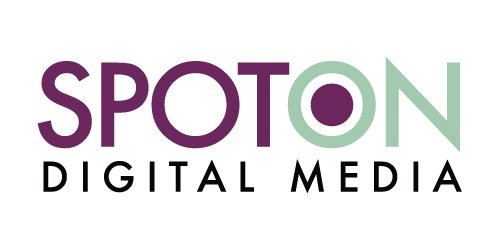A Good Content Strategy Doesn’t Start and Stop with Writing a Blog Article
Digital marketing, traditional marketing, content marketing, social media, advertising, organic growth, branding, email - the list of marketing terms, techniques and strategies grow each year thanks to both evolving technologies and evolving audiences. Within that list of opportunities though, content marketing is woven into each (if not it should be!) as it plays an essential role in successfully connecting with your customers and prospects.
Simply put, successful content marketing is creating and distributing useful and relevant content tailored to your audience’s interest in a thoughtful and consistent manner. A strong content marketing strategy will capture the attention of your intended audience and keep them intrigued over the customer’s lifecycle. There is a key differentiator that sets content marketing apart from all the other marketing noise and that’s “useful and relevant content”.
It’s been said that the average person is exposed to approximately 7,000 - 10,000 ads per day! All the more reason for the need to create useful, quality content that’s going to leave a lasting impression. Starting to understand the importance of content marketing but not sure how to apply it to your business?
Here are the 6 steps to get you started:
Set your brand promise or mission statement and your goals. This will allow you to always remember the main message you want to convey to your audience repeatedly. Become a storyteller of your promise. Then consider your goals for reaching that audience - what do you want to accomplish when you share your brand promise? Clearly defining these two things is the essential first step in creating a strong content strategy. Note: make sure your goals are measurable, so you can easily track your progress and successes.
Know your audience. One of the best ways to do this is to know a lot about your current customers (demographics, interests, pain points, motivations and habits) and think about who you want your “ideal” customer to be. Take this information and create an audience persona and share it with your team so everyone knows exactly who you’re trying to reach and what they care about.
Edit your current content. Does the already created content on your website, blog, social media channels and other marketing channels align with your brand promise and target audience you defined above? If not, now’s the time to adjust. There are numerous tools out there to help you with your content audit such as SEMRush and ScreamingFrog’s spider crawling tool.
Test and produce different types of content. You’ll quickly learn what your audience responds well to and also take a look at what your competitors are doing. Does video content seem to be a popular content channel? Are blog posts performing well? Do you need whitepapers, webinars, secondary landing pages or other types of gated content? Create your strategies around the platforms your audience is comfortable using and spends the most time on.
Execute consistently. Create a forward looking content calendar, write your content, optimize and distribute. Now that you’ve set your mission and goals, done your research, defined your audience, audited your current content, and know which content to produce, you’re at a good place to get started. Consistent, frequent content wins. Pay attention to which days and times you begin to see the most engagement and tweak your calendar as necessary.
Measure results. This is probably your most important step. What’s the use in creating a content strategy if you never check in to see if your work is paying off? Evaluate headlines, images, content length, distribution channels, content type among other elements of the content. Pay attention to topics that get the most views and engagements and write more of that. Remember to be nimble and make adjustments when needed. The worst thing you can do is continue down the path of no results.
Our team is passionate about learning the problems you solve for your customers, how you do it and why you’re the best choice. Interested in working together to connect at a deeper level with your customers and prospects? Reach out today.

